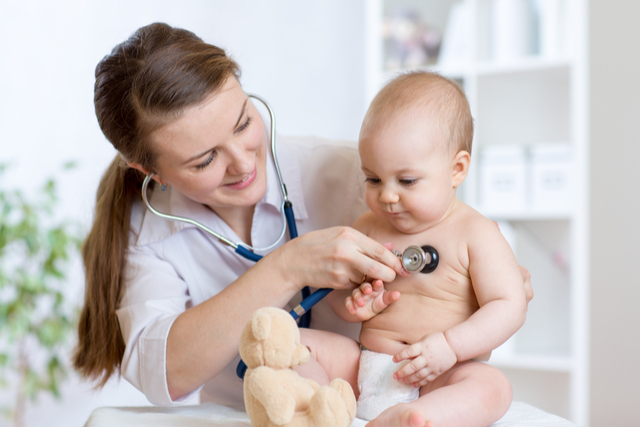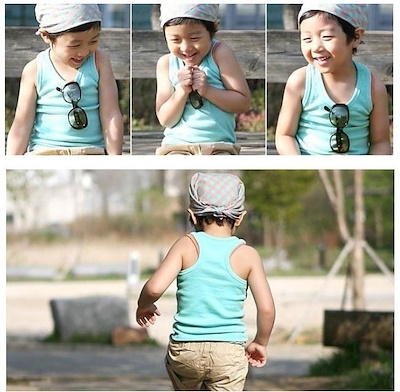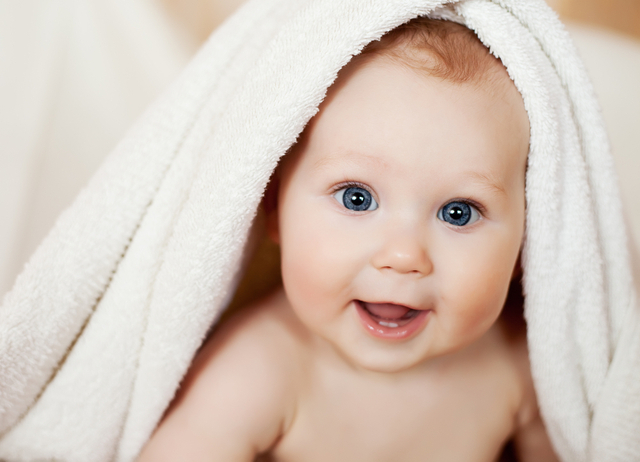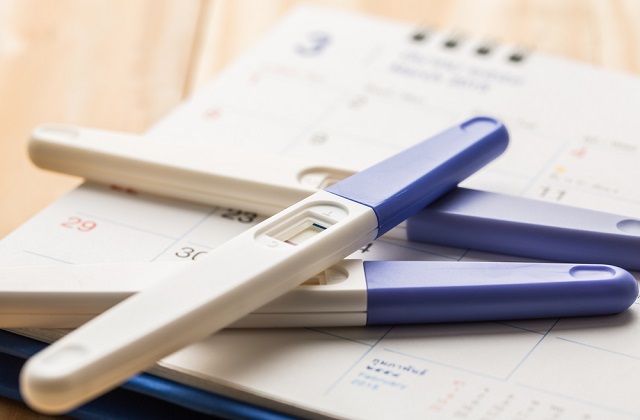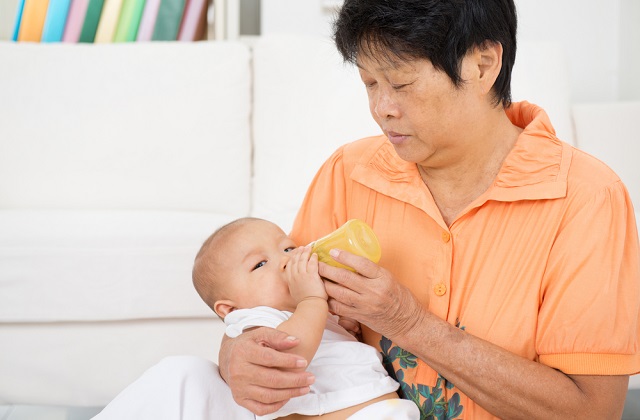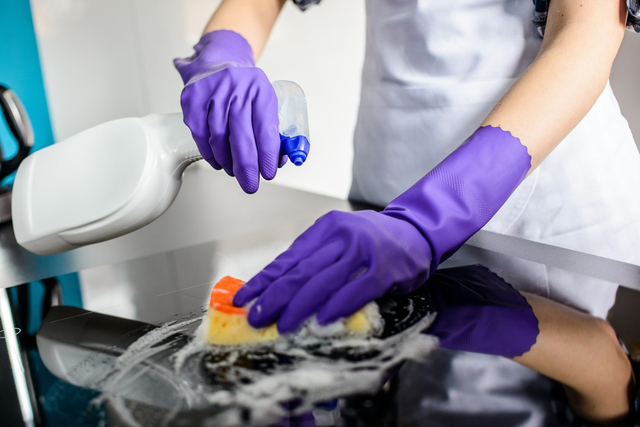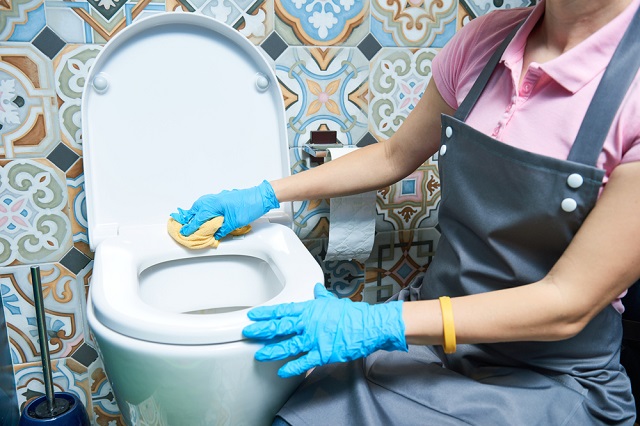Ear Infection In Children: Causes, Treatment And Prevention
Ear infection is quite common among children, especially those below one year of age. When children are below one year of age, the eustachian tube, which connects the middle ear to the throat, is not mature yet. This tube is usually filled with air. However, when it becomes blocked and filled with fluid due to a cold, germs will multiply quickly in the fluid and cause a middle-ear infection.
Ear infection is the inflammation of the middle ear that happens when fluid builds up behind the eardrum. Anyone can get an ear infection, but children get them more often than adults after an upper respiratory infection, such as a bacterial or viral cold. This article provides the causes and treatment of ear infections in children, advice for parents and ways to prevent it.
Types of ear infection
Ear infection is also known as otitis media.
Acute otitis media (AOM) is the most common ear infection in children. Parts of the middle ear are infected and swollen. Fluid is also trapped behind the eardrum.
Otitis media with effusion (OME) happens during the course of the ear infection and occurs when the fluid remains trapped behind the eardrum.
Chronic otitis media with effusion (COME) occurs when the fluid is trapped in the middle ear for a long time or keeps returning. This can affect their hearing.
Causes of ear infection in children
Children may have ear infection after a sore throat, cold or other upper respiratory infections. Children with upper respiratory infections which are bacterial and viral, such as a cold, may suffer from ear infection because the bacteria spreads to the middle ear. Once the bacteria have invaded the middle ear, fluid will then build up behind the eardrum. Ear infections normally occur in the middle ear, which is the area between the eardrum and the inner ear.
Children are also more likely to get ear infections than adults because their eustachian tubes are smaller. The eustachian tube is a small passageway that connects the upper part of the throat to the middle ear. It supplies fresh air to the middle ear, drains fluid and keeps air pressure steady between the nose and the ear.
Hence, with smaller eustachian tubes, it is difficult for them to drain fluid out of the ear even under normal conditions, much less during or after a cold when the eustachian tubes will be swollen or blocked by the mucus.
Children also have a weaker immune system than adults as it is not fully developed yet.
When you should consult the doctor
Consult a doctor if you suspect your child has an ear infection. Symptoms of an ear infection include reduced appetite, diarrhea, insomnia, yellow or white fluid draining from the ear, unpleasant smell from the ears, trouble in hearing sounds and keeping balance.
Also, if you notice your child pulling his or her ear and having a fever, it may be a sign that his or her ears are painful and infected. You should then consult the doctor.
The doctor will use an otoscope to look at the eardrum. If the eardrum is red and bulging, it indicates that there is an infection. Using the otoscope is the easiest way to tell if there is an ear infection.
Treatment for ear infections
1. Antibiotics
Antibiotics, such as amoxicillin, may be prescribed by the doctor and are to be taken over seven to 10 days. It is ideal for doctors to follow the guidelines and only prescribe antibiotics when ear infections are definitively diagnosed, especially for children between 6 months to 2 years old. They should be prescribed antibiotics only if there is no improvement within 48 to 72 hours from the start of the symptoms.
The American Academy of Pediatrics also advises parents to observe for 48 to 72 hours and see if their child's condition improves without the use of antibiotics first before going to the doctor. However, if the child has severe symptoms, parents should bring him or her to the doctor immediately.
This is because some earaches are not caused by infection and some ear infections may not need antibiotics to get better. This is important so as to prevent antibiotic resistance in the children, where bacteria which has developed becomes resistant to antibiotics.
Parents should also ensure that the entire course of antibiotics is completed even when the symptoms have cleared. This is because the infection may not be fully cleared and may come back if the medicine is stopped.
2. Pain relievers
Doctors may also prescribe over-the-counter pain relievers such as ibuprofen, or eardrops to alleviate the pain or fever. This will be effective in relieving your child's pain since the antibiotic will not alleviate the child's pain in the first 24 hours and will only minimally affect it after that.
Duration to recover
In a few days after visiting the doctor, your child will start to recover and the ear pain will also be reduced. If it has already been several days but your child does not seem to be getting better, you should visit the doctor again as he or she may need a different course of antibiotics. After the infection and swell clear, the fluid may still remain in the middle ear but it will disappear by about three to six weeks.
What you can or cannot do
Parents can use a warm compress, such as a warm washcloth, on their child's ear to alleviate the pain. It may also bring relief to the child by elevating his or her head when he or she is lying down. Place the pillows under the mattress to elevate the baby instead of directly under the baby's head
Another tip is to give the child fluids often as swallowing can help to open the eustachian tube so that the trapped fluid can drain.
Parents should also limit their child's exposure to other children who are ill. This will lower the risk of him or her getting a cold that is bacterial or viral and subsequently getting a middle ear infection.
If your child's ear is dirty from the fluids and wax, you should leave the cleaning to the doctor to clean it safely for your child. Avoid cleaning it by digging into the ear canal or rinsing as you will risk pushing the bacteria back into the ear canal. The child's ears should also be kept as dry as possible. Otherwise, the ear infection may get worse.
How to prevent ear infections
These are a few ways to reduce the risk of your child getting ear infections:
1. Vaccinate your child
Vaccinate your child against flu and influenza every year. Children under the age of 2 should be vaccinated, starting from 2 months of age. Vaccinate your child with the 13-valent pneumococcal conjugate vaccine (PCV13) as it prevents more types of infection-causing bacteria than the previous vaccine, the PCV7.
2. Keep your child away from smoke
Keep your child away from secondhand cigarette smoke as studies have shown that babies who are around smokers are more prone to ear infections.
3. Do not put the baby down to sleep with the bottle
Do not put the baby down for a nap or at bedtime at night with a bottle.
4. Avoid the use of pacifiers by 6 months of age
Avoid the use of pacifiers best by 6 months of age. Pacifier use could cause otitis media in these two ways: reflux of nasopharyngeal secretions into the middle ear from sucking, and the dysfunction of the eustachian tube (a tube that links the nasopharynx to the middle ear) because of the altered dental structure.
A meta-analysis, including 22 studies from various countries, showed that pacifier use increased the risk of developing otitis media.
American Academy of Family Physicians (AAFP) and AAP joint guidelines on otitis media, which are based on evidence from studies, recommend little to no use of pacifiers in the second six months of life to prevent otitis media.
5. Wash hands frequently
Ensure that your child washes his or her hands before and after mealtimes, going outdoors, before and after going to the toilet and whenever the hands are dirty. This can prevent your child from getting a cold or flu from the germs.
It takes a village to raise a child !
Join our WhatsApp Groups or Facebook Group to interact with parents about infant care/child care in Singapore..

